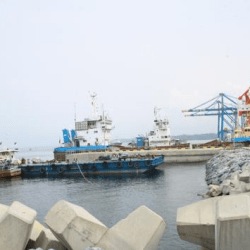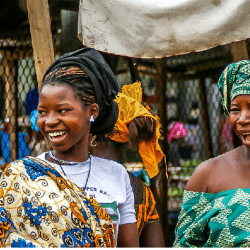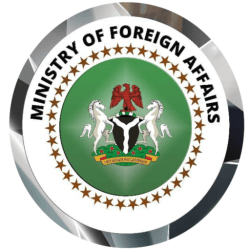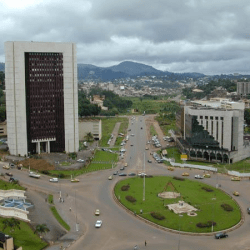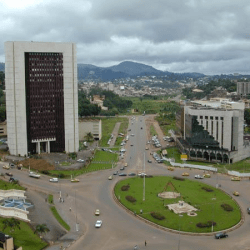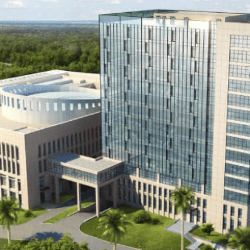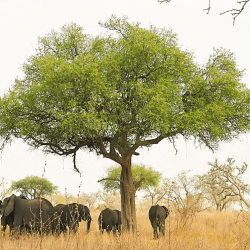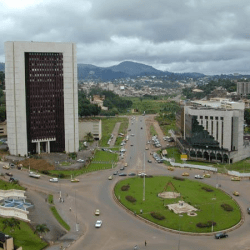With its 400km coastline, Cameroon offers seaside tourists the possibility of spending a dream holiday on natural beaches while admiring picturesque bays, islands and mangroves and a marvelous waterfall which empties itself into the sea in Kribi.

Also, the seaside resorts of Kribi in the South and Limbe in the South West regions are equipped with good hotel facilities to satisfy both local and foreign customers.
Cameroon
Cameroon is a country in Central Africa. It is known for its cultural diversity, with more than 200 ethnic groups and languages spoken in the country. It is also rich in natural resources, such as oil, gas, timber, cocoa, coffee, and minerals.

Capital City : Yaounde
Area : 475 442 km2
Population : 23 739 218 hab. (2015)
Currency : Franc CFA BEAC (XAF)
It shares boundaries with Nigeria to the west and north, Chad to the northeast, the Central African Republic to the east, and Equatorial Guinea, Gabon and the Republic of the Congo to the south.






Its coastline lies on the Bight of Biafra, part of the Gulf of Guinea and the Atlantic Ocean.
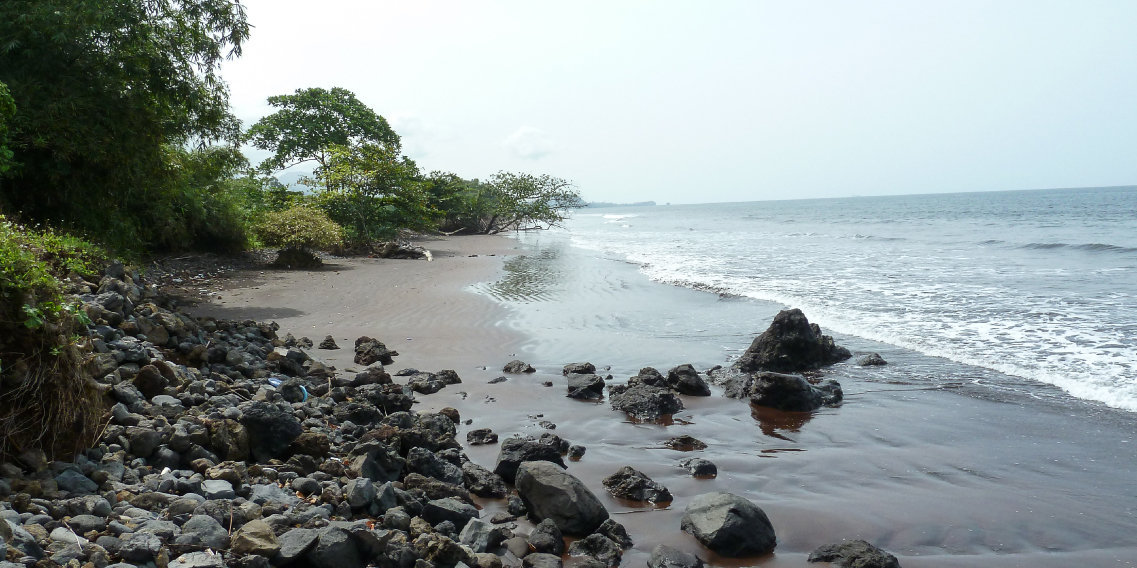
Due to its strategic position at the crossroads between West Africa and Central Africa, it has been categorized as being in both camps. Its nearly 27 million people speak 250 native languages and English or French or both.
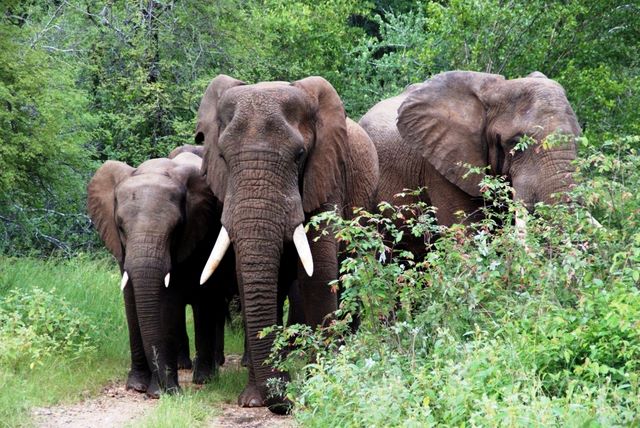
Early inhabitants of the territory included the Sao civilisation around Lake Chad, and the Baka hunter-gatherers in the southeastern rainforest.
Portuguese explorers reached the coast in the 15th century and named the area Rio dos Camarões (Shrimp River), which became Cameroon in English. Fulani soldiers founded the Adamawa Emirate in the north in the 19th century, and various ethnic groups of the west and northwest established powerful chiefdoms and fondoms.


Cameroon became a German colony in 1884 known as Kamerun. After World War I, it was divided between France and the United Kingdom as League of Nations mandates.
The Union des Populations du Cameroun (UPC) political party advocated independence, but was outlawed by France in the 1950s, leading to the national liberation insurgency fought between French and UPC militant forces until early 1971.
In 1960, the French-administered part of Cameroon became independent, as the Republic of Cameroun, under President Ahmadou Ahidjo. The southern part of British Cameroons federated with it in 1961 to form the Federal Republic of Cameroon.

The federation was abandoned in 1972. The country was renamed the United Republic of Cameroon in 1972 and back to the Republic of Cameroon in 1984 by a presidential decree by president Paul Biya.
Biya, the president, has led the country since 1982 following Ahidjo’s resignation; he previously held office as prime minister from 1975 onward. Cameroon is governed as a Unitary Presidential Republic.
